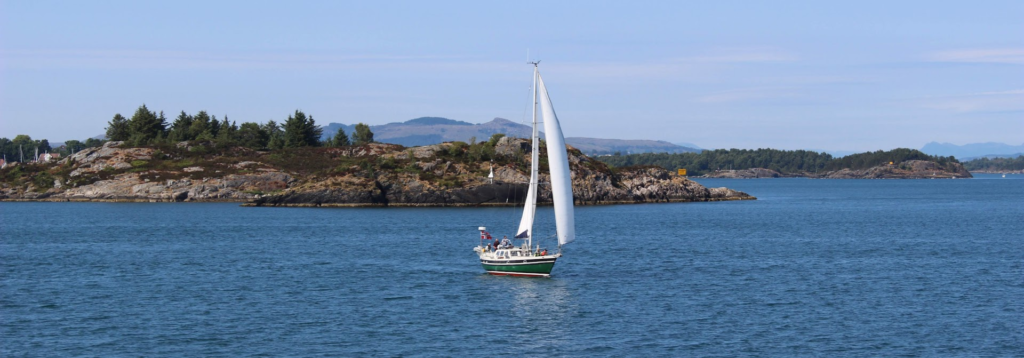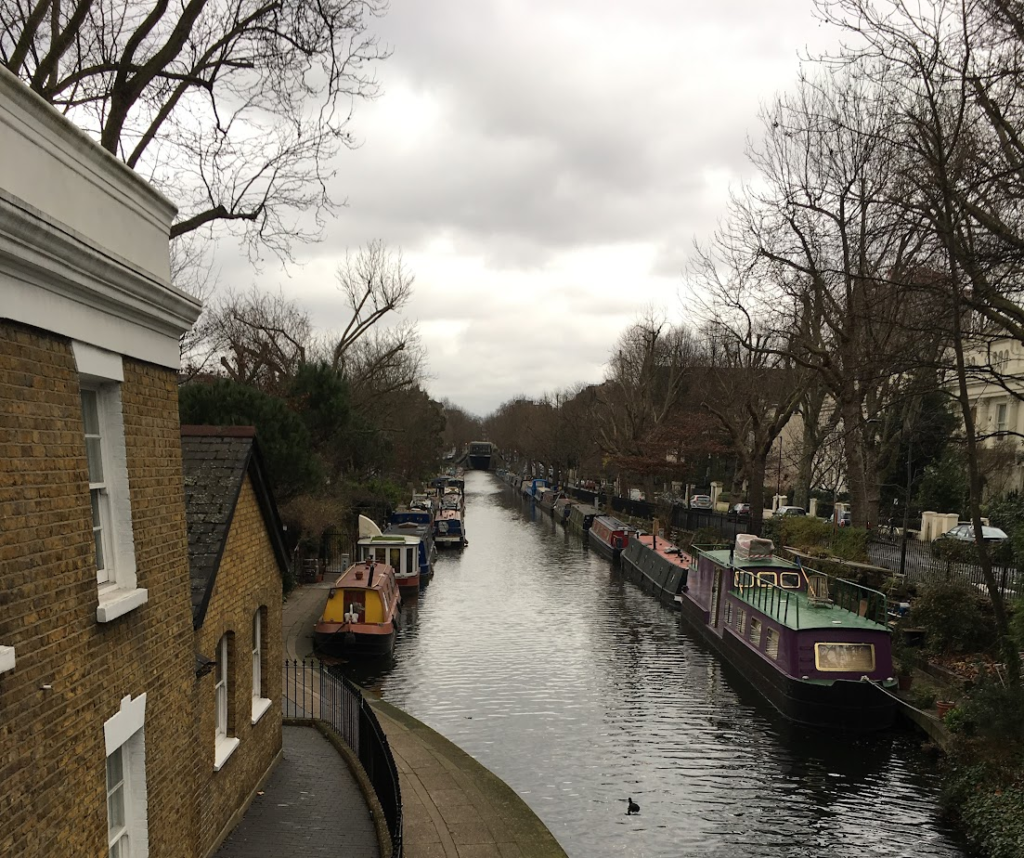
There is nothing more enticing, disenchanting, and enslaving than the life at sea.” — Joseph Conrad, Polish-British Writer
Growing up in a land of droughts and water restrictions, I love the water, despite the fact that I am neither a swimmer nor a sailor. Very much NOT a sailor! I don’t mind the odd ferry, but I have never pondered much on the joys of a cruise, and heaven help anyone ever asking me on a sailing boat. I am the opposite of an albatross. Boats capsize, sails rip, anchors vanish to the bottom of the sea at the mere thought of having me on board.
Yet I do like to live near the water. The beach, a river, a lake, a large puddle. And despite my lack of sea legs, I still believe in Van Morrison’s words: “Smell the sea and feel the sky. Let your soul and spirit fly.”
I loved Swallows and Amazons as a child. And on one long road trip years later, I read Sandy Mackinnon’s book ‘The Unlikely Voyage of Jack de Crow’ out loud to the One & Only. It is about a mad Australian bloke sailing a mirror dinghy across the English Channel and through the European waterways to the Black Sea. He must have been loopy, I thought, to take on such a trip in something that would fit in a bottle or a snow globe.
Yet while I am not inclined to travel on the open seas, or even in a mirror dinghy, I have long dreamed of owning a canal boat and living the life of a Barge Woman. I may not want to sail solo round the globe, but I do rather like the notion of living on the water in a canal boat or barge, drifting along a river or through the Norfolk Broads. Somewhere only a few feet from land.

As I research my family history, however, it seems I am constantly drawn to the sea, albeit reluctantly. So many pioneer ancestors braved the world’s largest oceans to reach South Australia, sailing from England on a trip that took months. Hannah Kent depicted the horrors of disease and sea sickness suffered on such a journey all too clearly in her novel, ‘Devotion’. As did my ancestor Mary Thomas, aboard the Africaine and “bound for South Australia… with ninety-nine souls on board.” While there were undoubtedly moments of merriment, Mary admitted in her diary that it was hard to keep up her spirits, when children were sick with scarlet fever and “the ship rolled about so nothing would stay in its place and during the night we were in total darkness.”

Then I went to Tasmania with the One & Only, and I finally began to understand the passion that others have for boats. And not just a Wind in the Willows ‘ messing-about-in-boats’ rowboat, but really beautiful specimens, made from Huon or Oregon Pine, Blackwood or Western Red Cedar.
John & Ruth Young set up The Wooden Boat Building School on the banks of the Huon River, at Franklin thirty years ago. Using the best woods available, they have invested time, money and a lot of skill into reinvigorating Tasmania’s proud shipbuilding heritage, as they work to preserve the skills of building boats from wood. A quote on the wall by master boat builder Athol Walter said: “God doesn’t make fibreglass trees”.
We arrived in time for a tour, to find volunteers and students working on the final touches of boats to be exhibited at Hobart’s Wooden Boat Festival that was just days away.
This biennial festival, which began in 1994, celebrates the rich heritage, craftsmanship, and culture associated with wooden boats. The largest boat festival in the southern hemisphere, enthusiasts pour into Hobart from all over the world.
When it began, it was a modest affair, when 180 beautiful wooden boats were moored in Constitution Dock. This past summer, 11 historic tall ships, 290 classic yachts and traditional fishing boats filled the docks beside Salamanca market., while onshore, there were a further 120 ashore boats and literally hundreds of smaller boats.
Back at base, the WBBS offers a one year shipwright course and a variety of shorter courses that will provide students with the hands on experience to build boats, both traditional and modern.
Apparently, Vikings making boats like these 1000 years ago using iron nails or wooden pegs to hold it together. Now, you can do a 12–13-week course to build a clinker dinghy – the tinny of its time. It is, or was, a dying trade, where timber was mostly used just for the interiors. Here at WBBS, they are trying to preserve the skills of wooden boat building, that include a clinker style method – like weatherboard – of overlapping planks. Then there is a process called caulking that provides a waterproof filler and sealant with rope of cotton or hemp ‘oakum’. A steam box is used to soften the wood so it’s more flexible, but you have to move fast to shape and fix it.
And in the meantime, I remember the joys of ‘Three Men and a Boat’ and ‘Wind in the Willows’, and dream of floating down the Thames towards Windsor with the ducks and white swans, while humming a favourite tune, Christy Moore’s ‘Voyage’:
I am a sailor, you’re my first mate
We signed on together, we coupled our fate
Hauled up our anchor, determined not to fail
For the hearts treasure, together we set sail
With no maps to guide us we steered our own course
Rode out the storms when the winds were gale force
Sat out the doldrums in patience and hope
Working together we learned how to cope
Life is an ocean and love is a boat
In troubled water that keeps us afloat
When we started the voyage, there was just me and you
Now gathered round us, we have our own crew…

